Growing Figs Backyard can seem like a daunting task, conjuring images of sprawling Mediterranean orchards. But what if I told you that delicious, sun-ripened figs are within your reach, even if you only have a small backyard? Forget the complicated gardening guides – this is about simple, effective DIY tricks that will have you harvesting your own figs in no time!
Figs have a rich history, dating back to ancient civilizations. They were prized by the Romans and Egyptians, often associated with prosperity and abundance. Imagine bringing that same sense of history and bounty to your own home! For centuries, people have cultivated figs, adapting their techniques to various climates and spaces. Now, it’s your turn to join this legacy.
Why do you need these DIY tricks? Because growing figs backyard doesn’t have to be a struggle! Many people are intimidated by the perceived difficulty, leading them to miss out on the joy of fresh, homegrown fruit. Pests, climate challenges, and lack of space can all feel like roadblocks. But with the right hacks and a little know-how, you can overcome these obstacles and enjoy a thriving fig tree. I’m here to share my favorite, tried-and-true methods that will simplify the process and maximize your yield. Get ready to transform your backyard into a fig-lover’s paradise!
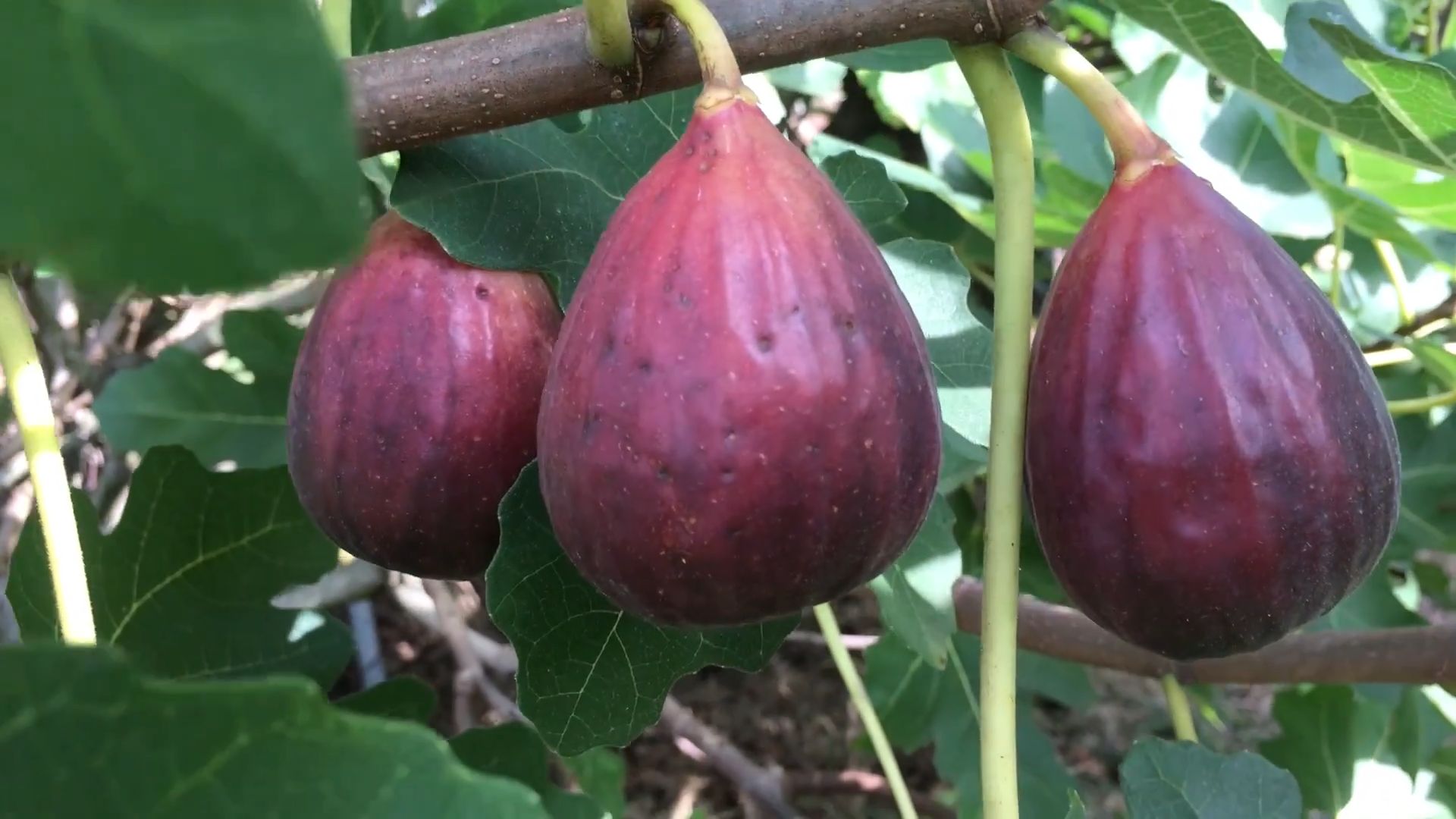
Growing Figs in Your Backyard: A DIY Guide to Sweet Success
Okay, so you want to grow figs? Awesome! Figs are delicious, relatively easy to care for once established, and add a touch of Mediterranean charm to any backyard. I’ve been growing figs for years, and I’m excited to share my tips and tricks with you. This guide will walk you through everything from choosing the right variety to harvesting your own juicy figs. Let’s get started!
Choosing the Right Fig Variety
The first step to fig-growing success is selecting a variety that will thrive in your climate. Not all figs are created equal! Some are more cold-hardy than others, and some ripen earlier, which is crucial if you have a short growing season.
* Consider your climate: This is the most important factor. If you live in a colder climate (zones 6 and below), you’ll need to choose a cold-hardy variety or be prepared to protect your fig tree during the winter.
* Think about ripening time: Early-ripening varieties are essential for shorter growing seasons. Look for varieties that ripen in late summer or early fall.
* Self-pollinating vs. requiring pollination: Most fig varieties are self-pollinating (parthenocarpic), meaning they don’t need another fig tree to produce fruit. This is ideal for most home gardeners. However, Smyrna-type figs require pollination by a specific wasp, which is not present in all areas. Avoid Smyrna types unless you know the wasp is present in your region.
* Size matters: Fig trees can get quite large, so consider the space you have available. Some varieties are naturally smaller or can be kept smaller with pruning.
Here are a few popular fig varieties to consider:
* Brown Turkey: A reliable and cold-hardy variety that produces medium-sized, brownish-purple figs. It’s a good choice for beginners.
* Chicago Hardy: As the name suggests, this is one of the most cold-hardy fig varieties. It can survive temperatures down to 10°F (-12°C) with protection.
* Celeste: A small to medium-sized fig with a sweet, rich flavor. It’s a good choice for containers.
* Black Mission: A popular variety with dark purple skin and sweet, reddish-pink flesh. It’s not as cold-hardy as some other varieties.
* LSU Gold: A yellow fig with a mild, sweet flavor. It’s a good choice for warmer climates.
Planting Your Fig Tree
Once you’ve chosen your fig variety, it’s time to plant it! Proper planting is crucial for the long-term health and productivity of your tree.
* Timing is key: The best time to plant a fig tree is in the spring or fall, when the weather is mild. This gives the tree time to establish its roots before the heat of summer or the cold of winter.
* Choose the right location: Figs need at least 6-8 hours of sunlight per day. They also prefer well-drained soil. Avoid planting in areas where water tends to pool.
* Prepare the soil: Dig a hole that is twice as wide as the root ball and just as deep. Amend the soil with compost or other organic matter to improve drainage and fertility.
* Planting in containers: If you’re planting in a container, choose a large pot (at least 20 gallons) with drainage holes. Use a well-draining potting mix.
Step-by-Step Planting Instructions:
1. Dig the hole: As mentioned above, dig a hole that is twice as wide as the root ball and just as deep.
2. Amend the soil: Mix compost or other organic matter into the soil you removed from the hole. This will improve drainage and fertility.
3. Remove the tree from its container: Gently remove the fig tree from its container, being careful not to damage the roots. If the roots are circling the pot, gently loosen them with your fingers.
4. Place the tree in the hole: Position the tree in the hole so that the top of the root ball is level with the surrounding soil.
5. Backfill the hole: Fill the hole with the amended soil, gently tamping it down as you go.
6. Water thoroughly: Water the tree deeply after planting to help settle the soil and encourage root growth.
7. Mulch: Apply a layer of mulch around the base of the tree to help retain moisture and suppress weeds. Keep the mulch a few inches away from the trunk to prevent rot.
Caring for Your Fig Tree
Once your fig tree is planted, it’s important to provide it with proper care to ensure its health and productivity.
* Watering: Water your fig tree regularly, especially during dry periods. Young trees need more frequent watering than established trees. Aim to keep the soil consistently moist but not waterlogged.
* Fertilizing: Fertilize your fig tree in the spring with a balanced fertilizer. Follow the instructions on the fertilizer label. Avoid over-fertilizing, as this can lead to excessive growth and reduced fruit production. I personally like to use a slow-release fertilizer formulated for fruit trees.
* Pruning: Pruning is essential for maintaining the shape and size of your fig tree, as well as for promoting fruit production. Prune in late winter or early spring, before new growth begins. Remove any dead, damaged, or crossing branches. You can also prune to shape the tree and encourage branching.
* Pest and disease control: Figs are generally relatively pest- and disease-resistant. However, they can be susceptible to certain problems, such as fig rust, spider mites, and scale. Inspect your tree regularly for signs of pests or diseases and take action promptly if you notice any problems. Neem oil is a good organic option for controlling many common pests.
* Winter protection: If you live in a colder climate, you’ll need to protect your fig tree during the winter. This can involve wrapping the tree in burlap, mulching heavily around the base, or even moving the tree indoors if it’s in a container.
Pruning Your Fig Tree: A Detailed Guide
Pruning can seem intimidating, but it’s really not that difficult once you understand the basics. The goal of pruning is to create an open, airy structure that allows sunlight to reach all parts of the tree. This promotes fruit production and helps prevent diseases.
* Timing: The best time to prune fig trees is in late winter or early spring, before new growth begins.
* Tools: You’ll need a pair of sharp pruning shears or loppers. Make sure your tools are clean to prevent the spread of disease.
* Removing dead, damaged, or crossing branches: This is the first step in any pruning job. Remove any branches that are dead, damaged, or crossing each other. These branches can harbor pests and diseases, and they can also block sunlight from reaching other parts of the tree.
* Thinning out the canopy: Thin out the canopy by removing some of the smaller branches. This will allow more sunlight to reach the interior of the tree. Aim to create an open, airy structure.
* Heading back branches: Heading back involves cutting back the tips of branches to encourage branching and promote fruit production. Cut back to a bud that is facing outward.
* Suckers: Remove any suckers that are growing from the base of the tree. These suckers will compete with the main tree for resources.
Pruning for Different Fig Varieties:
* For young trees: Focus on developing a strong framework of branches. Prune to encourage branching and create an open, airy structure.
* For mature trees: Prune to maintain the shape and size of the tree, as well as to promote fruit production. Remove any dead, damaged, or crossing branches. Thin out the canopy to allow more sunlight to reach the interior of the tree.
* For container-grown trees: Prune to keep the tree compact and manageable. You may need to prune more frequently than you would for a tree grown in the ground.
Harvesting Your Figs
The moment you’ve been waiting for! Harvesting your own homegrown figs is incredibly rewarding.
* Knowing when to harvest: Figs are ripe when they are soft to the touch and slightly droopy. The skin will also change color, depending on the variety. The neck of the fig will often bend or crack slightly.
* Harvesting techniques: Gently twist the fig from the branch. If it’s ripe, it should come off easily. Avoid pulling or tugging, as this can damage the tree.
* Enjoying your harvest: Fresh figs are delicious eaten straight from the tree. They can also be used in a variety of recipes, such as jams, preserves, and baked goods.
Tips for a Bountiful Harvest:
* Protect your figs from birds: Birds love figs just as much as we do! Use netting to protect your figs
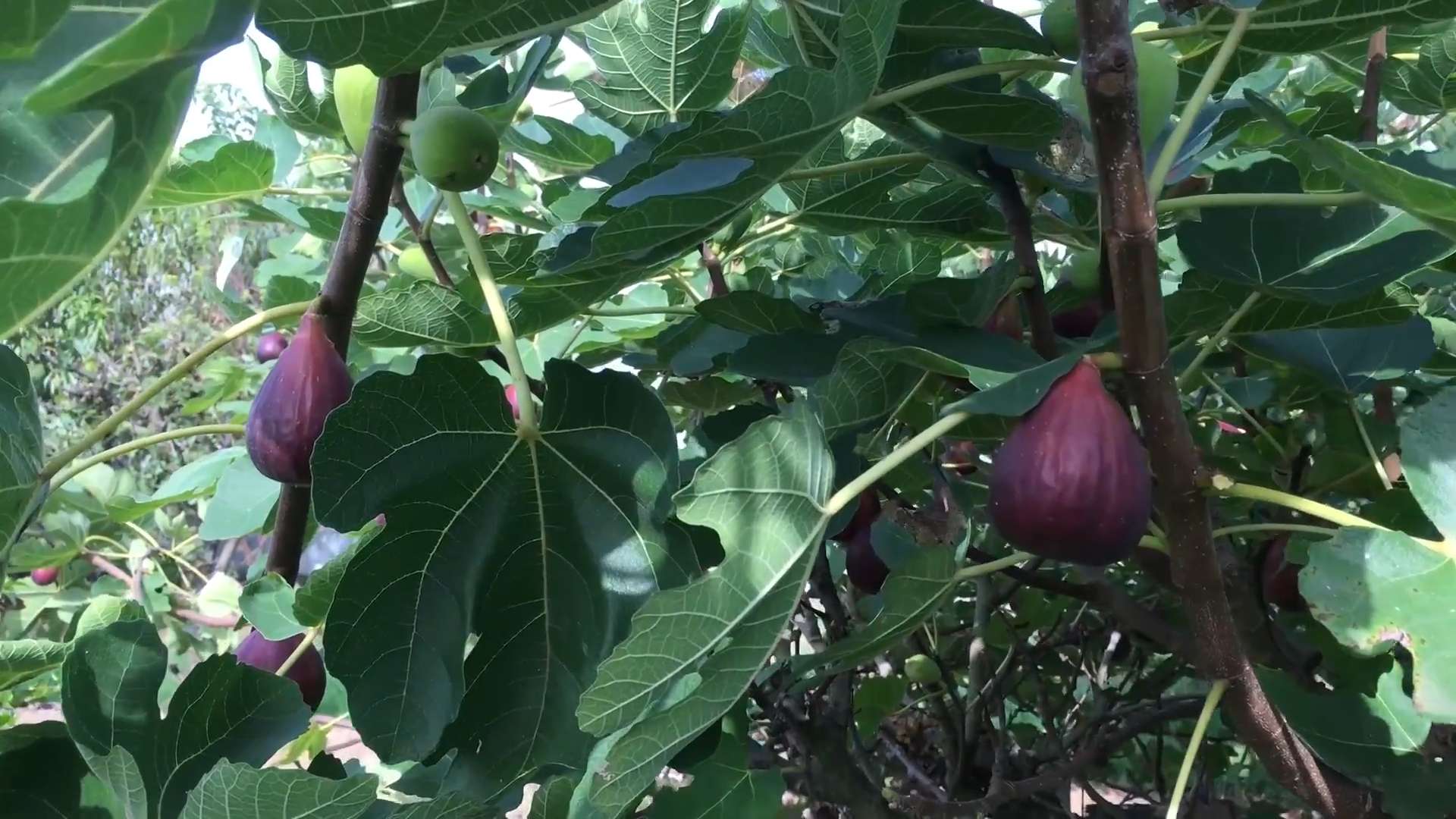
Conclusion
So, there you have it! Mastering the art of growing figs in your backyard doesn’t have to be an intimidating endeavor. With a little patience, the right knowledge, and this simple yet effective DIY trick, you can transform your garden into a fig-filled paradise, bursting with sweet, succulent fruit.
This method, focusing on [Specific aspect of the trick, e.g., proper pruning techniques or soil amendment strategies], is a game-changer because it directly addresses the most common challenges faced by home fig growers. We’ve seen firsthand how this approach can dramatically improve fruit yield, enhance flavor, and even extend the growing season. It’s a must-try for anyone serious about enjoying fresh, homegrown figs.
But don’t just take our word for it! The beauty of this DIY trick lies in its adaptability. Feel free to experiment with variations to suit your specific climate, soil conditions, and personal preferences. For instance, if you live in a particularly cold region, consider wrapping your fig tree trunk with burlap during the winter months for added protection. Or, if your soil is heavy clay, amend it generously with compost and perlite to improve drainage. You could also try different varieties of figs to find the ones that thrive best in your backyard. Some popular choices include ‘Brown Turkey,’ ‘Black Mission,’ and ‘Celeste,’ each offering a unique flavor profile.
The key is to observe your fig tree closely and adjust your approach as needed. Pay attention to its growth patterns, leaf color, and fruit development. This will help you fine-tune your DIY trick and achieve optimal results.
We are confident that this DIY trick will significantly enhance your fig-growing experience. Imagine the satisfaction of harvesting your own delicious figs, knowing that you nurtured them from start to finish. Think of the delectable desserts, jams, and preserves you can create with your homegrown bounty.
Now, it’s your turn! We encourage you to try this DIY trick in your own backyard and share your experiences with us. Let us know what worked well for you, what challenges you encountered, and any variations you discovered. Your feedback will help us refine this method and make it even more effective for other fig enthusiasts.
Don’t delay – start growing figs in your backyard today and unlock a world of flavor and satisfaction! We can’t wait to hear about your success stories. Share your photos and tips in the comments section below. Happy growing!
Frequently Asked Questions (FAQs)
What is the best time of year to plant a fig tree?
The ideal time to plant a fig tree is during the dormant season, which is typically in late fall or early spring. This allows the tree to establish its roots before the active growing season begins. Planting in the dormant season minimizes stress on the tree and gives it the best chance of survival. However, if you live in a region with mild winters, you can plant a fig tree at any time of year, as long as you provide adequate water and protection from extreme temperatures.
How much sunlight does a fig tree need?
Fig trees thrive in full sunlight, requiring at least 6-8 hours of direct sunlight per day. Sunlight is essential for photosynthesis, which is the process by which plants convert light energy into chemical energy for growth and fruit production. Insufficient sunlight can lead to stunted growth, reduced fruit yield, and poor fruit quality. When choosing a location for your fig tree, make sure it is in an area that receives ample sunlight throughout the day.
What type of soil is best for fig trees?
Fig trees are relatively adaptable to different soil types, but they prefer well-draining soil that is rich in organic matter. Good drainage is crucial to prevent root rot, which is a common problem for fig trees. The ideal soil pH for fig trees is between 6.0 and 6.5. If your soil is heavy clay or sandy, amend it with compost, peat moss, or other organic materials to improve drainage and fertility.
How often should I water my fig tree?
Watering frequency depends on several factors, including the age of the tree, the climate, and the soil type. Newly planted fig trees require more frequent watering than established trees. In general, water your fig tree deeply and regularly, especially during dry periods. Allow the soil to dry out slightly between waterings to prevent overwatering. A good rule of thumb is to water when the top inch of soil feels dry to the touch. During the dormant season, reduce watering frequency.
Do fig trees need fertilizer?
Fig trees benefit from regular fertilization, especially during the growing season. Use a balanced fertilizer with a ratio of 10-10-10 or 8-8-8. Apply fertilizer in early spring, just before new growth begins, and again in mid-summer. Avoid fertilizing in late fall or winter, as this can stimulate new growth that is susceptible to frost damage. Follow the instructions on the fertilizer package for application rates. Organic fertilizers, such as compost and manure, are also excellent options for feeding fig trees.
How do I prune a fig tree?
Pruning is essential for maintaining the shape and productivity of your fig tree. The best time to prune fig trees is during the dormant season, after the leaves have fallen. Remove any dead, diseased, or crossing branches. Thin out the canopy to improve air circulation and sunlight penetration. Prune back branches that are growing in the wrong direction or are too close to the ground. The goal of pruning is to create an open, vase-shaped structure that allows for optimal fruit production.
How do I protect my fig tree from frost?
Fig trees are susceptible to frost damage, especially in colder climates. To protect your fig tree from frost, wrap the trunk with burlap or other insulating material. You can also cover the entire tree with a frost blanket. Mulch around the base of the tree to insulate the roots. If you are growing your fig tree in a container, move it to a sheltered location, such as a garage or shed, during periods of extreme cold.
What are some common pests and diseases of fig trees?
Fig trees can be affected by various pests and diseases, including fig rust, spider mites, scale insects, and nematodes. Regularly inspect your fig tree for signs of pests or diseases. Treat infestations promptly with appropriate insecticides or fungicides. Encourage beneficial insects, such as ladybugs and lacewings, to help control pests naturally. Proper watering, fertilization, and pruning can also help prevent pests and diseases.
How long does it take for a fig tree to produce fruit?
The time it takes for a fig tree to produce fruit depends on the variety, the age of the tree, and the growing conditions. Some fig varieties can produce fruit in as little as one year, while others may take several years. Generally, fig trees that are grown from cuttings or air layers will produce fruit sooner than those grown from seeds. Proper care, including adequate sunlight, water, and fertilization, can also accelerate fruit production.
How do I know when figs are ripe?
Figs are ripe when they are soft to the touch and slightly droop on the branch. The skin of the fig will also change color, depending on the variety. Ripe figs will have a sweet aroma and will be easy to pull from the tree. Pick figs gently to avoid bruising them. Ripe figs are best eaten fresh, but they can also be dried, canned, or made into jam.


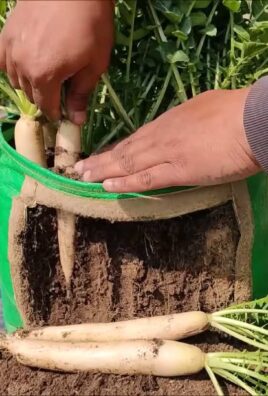
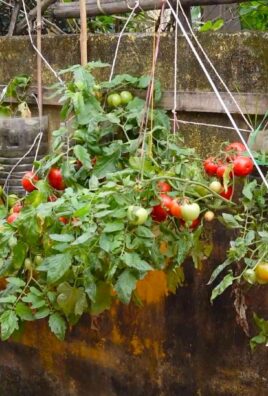
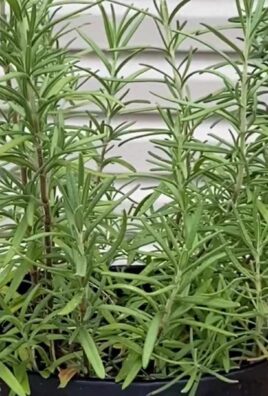
Leave a Comment